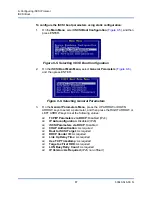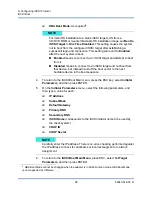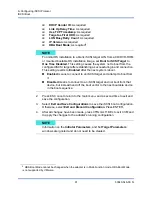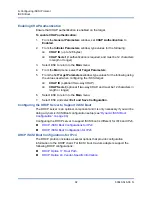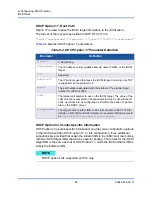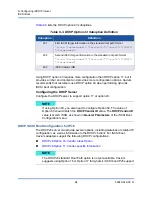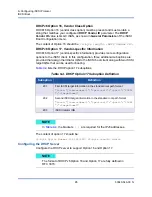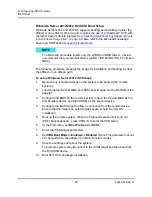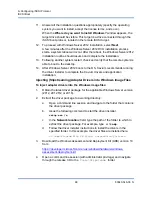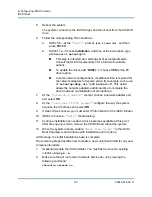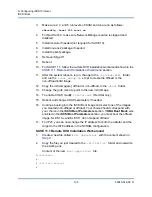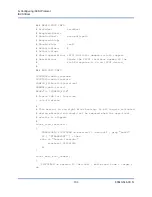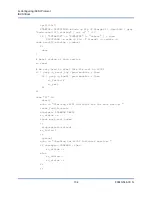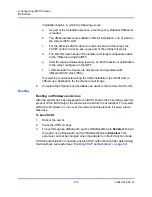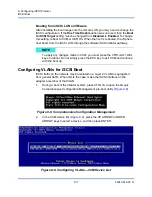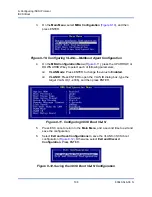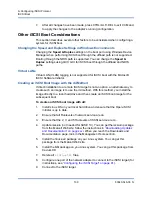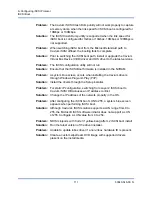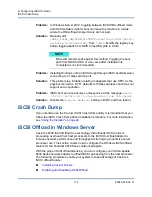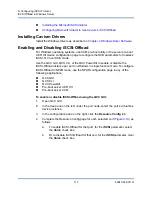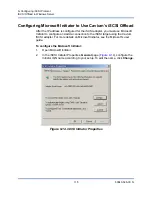
9–Configuring iSCSI Protocol
iSCSI Boot
101
83840-546-00 N
5.
Reboot the system.
The system connects to the iSCSI target, and then boots from the CD/DVD
drive.
6.
Follow the corresponding OS instructions.
a.
RHEL 5.5—At the
"boot:"
prompt, type
linux dd,
and then
press ENTER.
b.
SUSE 11.
x
—Choose
installation
, and then at the boot option, type
withiscsi=1 netsetup=1
.
This step is intended as a starting set of kernel parameters.
Consult the SLES documentation for a full list of available
options.
To update the driver, add “
DUD=1
” or choose
YES
for the F6
driver option.
In some network configurations, if additional time is required for
the network adapters to become active (for example, with a use
of “
netsetup=dhcp,all
”) add “
netwait=8
”. This option
allows the network adapters additional time to complete the
driver load and re-initialization of all interfaces.
7.
At the
"networking device"
prompt, choose a network adapter port
and select
OK
.
8.
At the
"configure TCP/IP prompt"
, configure the way the system
acquires the IP address and select
OK
.
9.
If static IP was chosen, you must enter IP information for the iSCSI initiator.
10. (RHEL) Choose to
"skip"
media testing.
11.
Continue installation as needed. A drive becomes available at this point.
After file copying is done, remove the CD/DVD and reboot the system.
12. When the system reboots, enable
"boot from target"
in the iSCSI
Boot Parameters and continue with installation until it is done.
At this stage, the initial installation phase is complete.
The remaining steps describe how to create a new customized initrd for any new
components update:
1.
(Optional) Update the iSCSI initiator. You must first remove the existing
initiator using
rpm -e
.
2.
Make sure that all run levels of network service are on by issuing the
following command:
chkconfig network on

